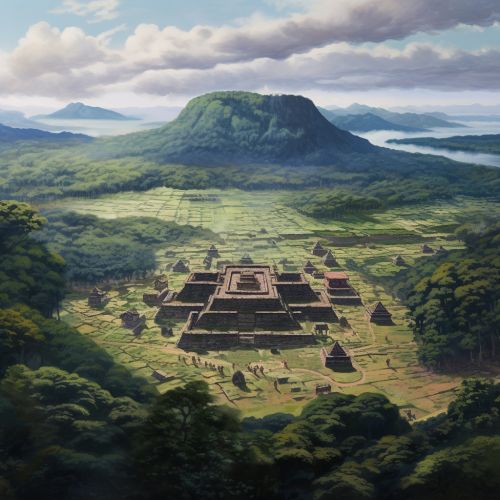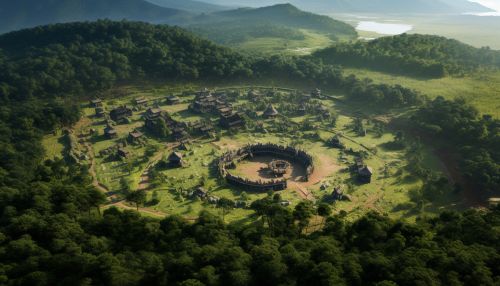Baekje
History
Baekje was one of the Three Kingdoms that existed from 18 BC to 660 AD, along with Goguryeo and Silla. The kingdom was located in the southwestern part of the Korean Peninsula, and it played a significant role in the development of East Asian culture, particularly in the transmission of Buddhism and various aspects of Chinese culture to Japan.


The kingdom was founded by Onjo, the third son of Goguryeo's founder, Jumong. He established the capital at Hanseong (modern-day Seoul), and the kingdom was initially a small state in the region of the Han River. Over time, Baekje expanded its territories, conquering or allying with various city-states and tribes in the Korean Peninsula.
Baekje's history is often divided into three periods: the Early Baekje (18 BC - 250 AD), the Middle Baekje (250 - 475 AD), and the Late Baekje (475 - 660 AD). Each period was marked by significant political, cultural, and social changes.
Culture
Baekje was known for its advanced culture, which was heavily influenced by Chinese civilization, particularly the southern dynasties. The kingdom was a major conduit for the introduction of Chinese culture to the Korean Peninsula and Japan, including Buddhism, Confucianism, and various forms of art, architecture, and technology.
Baekje artisans were renowned for their skills in sculpture, painting, and ceramics. The kingdom's art often featured Buddhist themes, reflecting the religion's significant influence on Baekje culture. The Baekje Historic Areas, which include several archaeological sites and ancient tombs, were designated as a UNESCO World Heritage Site in 2015 for their cultural significance.
Society and Economy
Baekje's society was highly stratified, with a ruling class of nobles and a large population of commoners and slaves. The kingdom's economy was largely agrarian, with rice cultivation being the primary agricultural activity. Baekje also engaged in various forms of trade, both domestic and international, with neighboring kingdoms and states.
The kingdom had a centralized government system, with the king as the supreme ruler. The government was divided into various departments, each responsible for different aspects of administration, such as military affairs, taxation, and law enforcement.
Decline and Fall
The decline of Baekje began in the late 6th century, when the kingdom faced increasing pressure from the expanding Silla and the emerging Tang Dynasty of China. Despite forming an alliance with Goguryeo and Japan, Baekje was unable to resist the combined forces of Silla and Tang.
In 660 AD, Baekje was conquered by the Silla-Tang alliance in the Battle of Hwangsanbeol, marking the end of the kingdom. The last king of Baekje, King Uija, was captured and sent to China, where he lived the rest of his life in exile.
Legacy
Despite its fall, Baekje left a significant legacy in the history and culture of East Asia. The kingdom's influence on Japanese culture is particularly noteworthy, as many aspects of Baekje culture were transmitted to Japan during the Asuka period.
Today, the history and culture of Baekje are celebrated in various ways in South Korea, including the annual Baekje Cultural Festival and the preservation of historical sites and artifacts.
